The Masters Golf Tournament
Augusta National Golf Club
Aerial Hole by Hole Tour
The Masters Golf Tournament is the First Major of the season and considered by many to be the biggest, best and grandest of the season's four Majors.
The brainchild of Bobby Jones and Clifford Roberts came to be in 1934. It was and is intended to be an invitation only golf tournament that would appeal to both players and spectators alike.
Head on over to The Masters to learn more about this great tournament.
Want to see more of Golf Digest's Aerial Course Tours?
The Masters Golf Tournament
Augusta National Golf Club - Hole #1 - 445 yard Par 4
One of the most difficult starting holes in major championship golf; Augusta’s opener has ranked among the course’s top-four toughest holes in relation to par nine times in the last 10 years (it was sixth the other year). The tee shot is into a hill with a large bunker—once easy to carry but now far less so—on the right side of the fairway. Expect to see players hitting to the middle of the green all tournament long here as the green falls off in all directions. Over the last 10 years this hole has ranked as the second-most difficult.
The Masters Golf Tournament
Augusta National Golf Club - Hole #2 - 575 yard Par 5
No. 1 might be tough, but the par-5 second offers a quick respite. In fact, the hole has surrendered 44 eagles and one double eagle (Louis Oosthuizen in 2012) over the last decade. There’s also an average of nearly 110 birdies per year so those looking for action can find it here. The tee shot needs to skirt the fairway bunker on the right. Do that and the opportunity to hit a fairway wood or possibly a hybrid oo long iron on or near the green is there. The key for shots not getting to the green in two is position—players always want to favor the opposite side from where the flagstick is located. Over the last 10 years this hole has ranked as the third easiest on the course.
The Masters Golf Tournament
Augusta National Golf Club - Hole #3 - 350 yard Par 4
The stats say this hole is a pushover as it’s been the easiest par 4 on the course over the last decade with a cumulative stroke average just below par. Speak with players, however, and they tend to point out where you don’t want to be, rather than it being a birdie opportunity. There are a couple of different ways to play this hole. Some will use less club off the tee to avoid the bunkers and set up a full approach shot. Others will blast driver as far down as they can, leaving a shorter, albeit considerably more delicate approach shot, particularly if the hole is located on the left side of the green. As for the fairway bunkers, you don’t see a lot of players in them, but they can be problematic if the ball finds one. Just ask Jeff Maggert. Leading by a stroke playing the third hole on Sunday in 2003, Maggert played a shot from one of the bunkers and watched as the ball struck the lip and came back and hit him, resulting in a two-shot penalty that led to a crippling triple bogey.
The Masters Golf Tournament
Augusta National Golf Club - Hole #4 - 240 yard Par 3
Any player in the field will take four pars right now and skip this hole for the week. When the hole was lengthened from 205 yards to 240 yards in 2006 it forced a tee shot ranging from a long iron to a fairway wood to a green that has plenty of slope. The most difficult of Augusta National’s quartet of par 3s and the third-most difficult hole on the course over the last 10 years, the fourth hole begins a difficult stretch that some refer to as “Little Amen Corner.” The winds swirl here nearly as much as in Amen Corner, which is why you see at various times balls flying over the green (Rory McIlroy airmailed it in the 2014 Masters) or players hitting as much as driver and coming up short. The hole produces a nice bit of trivia: The only palmetto tree on the course is situated along the right-hand side of the hole.
The Masters Golf Tournament
Augusta National Golf Club - Hole #5 - 455 yard Par 4
This hole is tucked away in a corner of the course that only the diehard patrons venture out to. Observing a great golf hole being played by the game’s best rewards their walk. A pair of large bunkers on the left can snare errant tee shots and they are so deep it is difficult to reach the green from them. As such, smart heads play to the right, to the top of the hill, leaving a 60- or 7-iron in for most. The approach is almost always played toward the middle of the green as there are runoffs on nearly all sides. Still, sometimes players go for the flagstick, as evidenced by Jack Nicklaus making a pair of eagle 2’s here in 1995. This hole ranks as the seventh most difficult over the last 10 years.
The Masters Golf Tournament
Augusta National Golf Club - Hole #6 - 180 yard Par 3
A wonderful par 3 from an elevated tee that leaves players looking down at one of the most challenging greens on the course. Hole location dictates whether the tee shot is harrowing or relatively easy. When on the front left, the hole is easily accessible, as players will use the slope to get the ball near the hole. Back right, however, is a different story, as there is only a small portion of the green where you can land the ball. Play it on the number and it’s a good birdie opportunity. But go long and it’s a delicate chip. The hole has only played as the ninth most difficult since 2006.
The Masters Golf Tournament
Augusta National Golf Club - Hole #7 - 450 yard Par 4
Another hole where the change in length in 2006 (from 410 to 450 yards) has had a significant effect. The fifth-hardest hole on the course since that time, the seventh demands a long and incredibly accurate tee shot as the fairway is framed by pine trees on both sides, penalizing wayward drives. The approach is uphill to a green flanked by bunkers front and back. There are lots of up-and-downs from the front bunkers, but few from behind. The green slopes in several areas and approach shots must land on the proper part of the green to have any chance of getting close enough for a birdie try.
The Masters Golf Tournament
Augusta National Golf Club - Hole #8 - 570 yard Par 5
The eighth routinely puts up the best fight of any of Augusta National’s four par 4s. Although it ranked as the fourth-easiest hole on the course from 2006-15, it has been the most difficult par 5. On the tee shot the bunker protecting the right side of the fairway needs to be averted. Do that and longer hitters can have a go at the green, even though it is a blind shot. Those laying up will often try to go slightly right, setting up the preferred angle into the green. The putting surface is long front to back with three separate tiers. Back right is probably the most difficult hole location as there is not much room for error. Jordan Spieth had no such issues last year as he birdied the hole three of the four rounds during his win.
The Masters Golf Tournament
Augusta National Golf Club - Hole #9 - 460 yard Par 4
The halfway point in the course resides in the middle of the pack scoring wise as No. 9 ranks as the 10th most difficult hole over the last 10 years. Tee shots down the left can get blocked out so the smarter play on this dogleg left is to play out to the right. From there, the approach is uphill to a green with three tiers and a false front that has seen its share of balls roll back down, including Greg Norman in the 1996 Masters. Only one player in Masters history has birdied this hole all four rounds and he didn’t earn a dime off his fine play, as it was amateur Billy Joe Patton in 1954.
The Masters Golf Tournament
Augusta National Golf Club - Hole #10 - 495 yard Par 4
The steep downhill tee shot. The MacKenzie free-form bunker. One of the most underrated greens on the course. All of that makes the par-4 10th—ranked the fourth-hardest hole the last 10 years—a stern challenge to start the second nine. Although the hole measures just under 500 yards, it plays considerably shorter. In fact, many players will use 3-wood off the tee, as a well-struck shot with a draw will scoot down the hill, leaving as little as an 8- or 9-iron approach. The free-form bunker isn’t in play, but it’s a beaut to look at (and is there because the original greenside was nearby and that bunker used to come into play). The green slopes mostly back to front and right to left leading to some incredibly speedy putts, made more difficult when the late afternoon shadows start to come onto the green.
The Masters Golf Tournament
Augusta National Golf Club - Hole #11 - 505 yard Par 4
Looking for the most difficult hole on the course over the last decade? Look no further. The scoring average for the hole since 2006 is 4.37 and it’s easy to see why. Although the desired spot is the right-center of the fairway, a forest of trees on the right steers players away from that. From the left it’s a long to mid iron in and the water guarding the left side of the green is in play, leading many players to bail out to the right. Or as Ben Hogan is so famously credited with saying, “If you ever see me on the 11th green in two you’ll know that I missed my second shot.” That said, chipping from the right of the green—Larry Mize’s miracle chip in 1987 notwithstanding—is not easy as the green slopes away toward the water.
The Masters Golf Tournament
Augusta National Golf Club - Hole #12 - 155 yard Par 3
If you’re looking for the one hole that stirs the most emotion at Augusta National, it might be the par-3 12th. Lloyd Mangrum dubbed it “The meanest little hole in the world” while Gary Player deemed it “The hole of vultures” for the patrons in the stands near the tee box, waiting for a ball to splash into Rae’s Creek. Ben Crenshaw swears the reason for the capricious winds is that the hole is built on an ancient Indian burial ground. Regardless, it’s the most terrifying 155 yards possible to a green that is less than 30 feet deep at its narrowest. Balls that come up short either find the front bunker or roll back into the creek, unless you’re Fred Couples in 1992. Only one player has made four 2s in one Masters on this hole. That honor belongs to Scott Verplank, who did it in 2003. The hole ranks as the eighth most difficult since 2006, and was second hardest as recently as 2009.
The Masters Golf Tournament
Augusta National Golf Club - Hole #13 - 510 yard Par 5
One of the prettiest holes in all of golf with azaleas all along the left side and a tributary of Rae’s Creek running down the left side as well before cutting in front of the green. Despite the danger presented by the water, the hole ranks as the second easiest over the last decade as birdies are expected and eagles are possible as it is an excellent example of a risk-reward hole. A good tee shot will bend around the corner of this dogleg left. Tee shots hit straight often run into the pine straw and pine trees on the far side, often necessitating a layup (unless you’re Phil Mickelson in 2010). Still, this is a hole where going for the green in two with a long- or mid-iron is a regular occurrence. The green slopes in several areas, making it difficult to get close on the approach shot unless it is coming in from the proper angle.
The Masters Golf Tournament
Augusta National Golf Club - Hole #14 - 440 yard Par 4
A hole that looks more difficult than it is (it ranks as the 12th most difficult over the last decade). The tee shot requires a bit of a draw from a right-hander as trees overhang the left side and the fairway runs to the right. Do that and the task becomes easier. The green is wide but not overly deep and has a huge swale in the middle front that needs to be cleared. Depending on hole location, balls can funnel towards the hole to tap-in birdies or run away, leaving 60-foot putts. Bernhard Langer figured this hole out well in 1991, becoming the only player to ever birdie it four times in one Masters.
The Masters Golf Tournament
Augusta National Golf Club - Hole #15 - 530 yard Par 5
Before trees were planted down the right side of this hole in 1999 players could spray the ball a little more off the tee and get away with it. Now the tee shot needs to be more precise and it appears players have been able to do that, as No. 15 has been the easiest hole on the course in relation to par since 2006. Despite that statistic, the hole is not a pushover. Those going for it in two need to clear the pond and hold the narrow green. Those laying up play a delicate third shot from a tight, downhill lie with the water staring them in the face if they come up short or nip it with too much spin. How tough can the hole be? A trio of players, including two-time Masters champ Ben Crenshaw, have made 11’s on this hole.
The Masters Golf Tournament
Augusta National Golf Club - Hole #16 - 170 yard Par 3
The final par 3 (and water hole) on the course is a dandy that is much different from the original hole as a new green was constructed in 1946 and the stream converted to a pond a year later. The location of the hole often dictates how aggressive players will be when taking aim. When the flagstick is on the right, few want to take a chance on ending up in one of the bunkers on the right. When in the traditional back-left spot on Sunday, you’ll see many shots land right of the hole and use the slope to funnel down close. Some memorable shots have been struck here. Along with 15 holes in one, who can forget Jack Nicklaus’ “Bear Tracks” birdie putt in 1975 or Tiger Woods’ chip-in for birdie in 2005. This is the easiest of the par 3s to score on and is the sixth-easiest hole on the course.
The Masters Golf Tournament
Augusta National Golf Club - Hole #17 - 440 yard Par 4
The 17th is just not the same since the Eisenhower Tree came down during an ice storm prior to the 2014 Masters. Sans tree, players can now take a more direct line off the tee instead of shaping shots around it. Still, the hole is no bargain as it has ranks among the top half in difficulty (ninth) over the past decade. The approach is to a green where position is everything. Place the ball in the wrong spot and two putts suddenly becomes a big ask—not exactly what you want on Masters Sunday.
The Masters Golf Tournament
Augusta National Golf Club - Hole #18 - 465 yard Par 4
A fabulous finishing hole where the tee shot is hit out of a narrow chute. The two bunkers on the left could be flown until some 55 yards were tacked on in 2002. Now players often come up short of the sand off the tee, but have a full mid-iron in to a tiered green. Six players have birdied the 72nd hole to win the Masters: Art Wall (1959), Arnold Palmer (1960), Gary Player (1978), Sandy Lyle (1988), Mark O’Meara (1998) and Phil Mickelson (2004). A walk-off birdie to win the green jacket at Augusta National? A fabulous finish, indeed.
Join GolfNow's GolfPass Program
For Great Savings on ALL your Golf
?? Your Own Website ??
Is there a topic or a hobby for which you have a strong passion?
Have you ever considered turning that passion into a passive income stream?
Have you ever considered creating a web site like this one?
I researched long and hard for the best resources available on the web to assist me in making The-Golf-Experience.com a reality and I found none better than Solo Build It with whom to partner.
Above and beyond the comprehensive program they provide to assist you on your journey is the incredible level of customer service you'll get along the way. The world would be a better place if every company out there modeled the quality and level of their customer service after what Solo Build It seems to provide with such ease.
Watch the video below to see if your interest in creating your own web site gets a spark.
You ready?
Now click the "Solo Build It!" link below to begin your own journey.
Good luck and have some fun.
© Copyright The-Golf-Experience.com
"When Health is absent, wisdom cannot reveal itself, art cannot become manifest, strength cannot be exerted, wealth is useless, and reason is powerless."
Herophilos 335-280 B.C.
All athletes require the performance components of: strength, power, endurance, flexibility, coordination, balance, good posture, and mental conditioning to perform at their best.
Stay Healthy - Play your Best
~ ~ ~
Visit our Fitness Page to learn more!
Start investing with Acorns today and they'll add $5 to to your account to help you get started - You won't retire on their contribution ... but $5 is still $5
Visit our page on Golf Balls to learn ALL you need to know to determine which ball is best suited to your unique swing speed and style of play.
Then visit Lost Golf Balls below to buy used golf balls in the quality suited to your game and the quantity required to keep your bag full.
Find Inexpensive Gas with Gas Buddy
If you really want to save at the pump though - Get yourself a Pay With Gas Buddy Card.
Join for free to save $.05 per gallon or get a Plus or Premuim Membership to save $.20 per gallon.
Points are awarded for each score on every hole. You can use any modification for points awarded (or subtracted) on every hole, but the R&A and the USGA award points as follows:
If you appreciate exceptional customer service and personal attention given to filling your golf needs The-Golf-Experience.com highly recommends shopping with
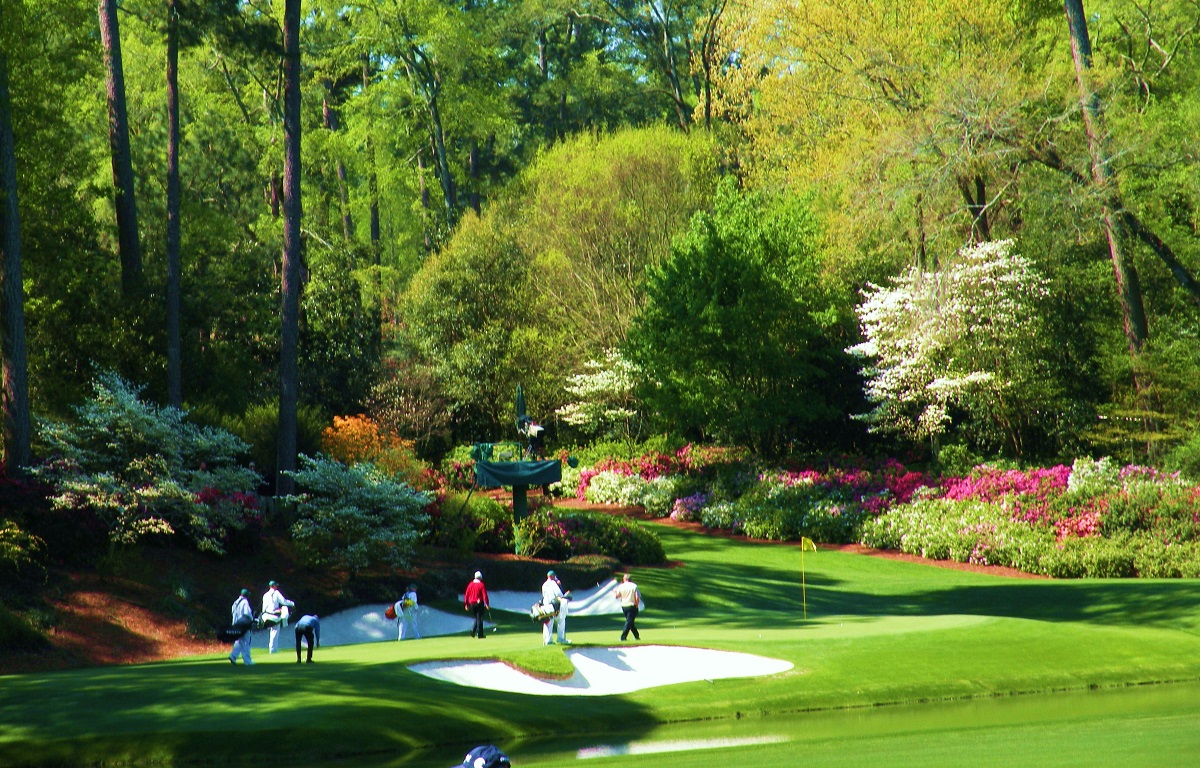




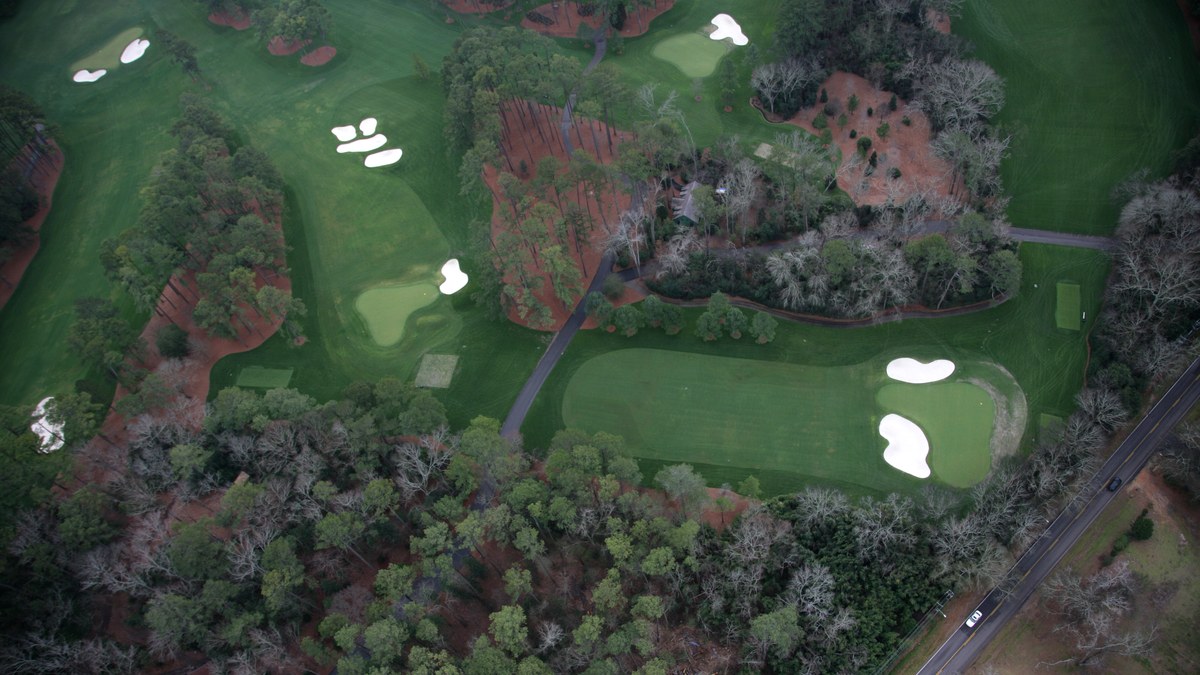




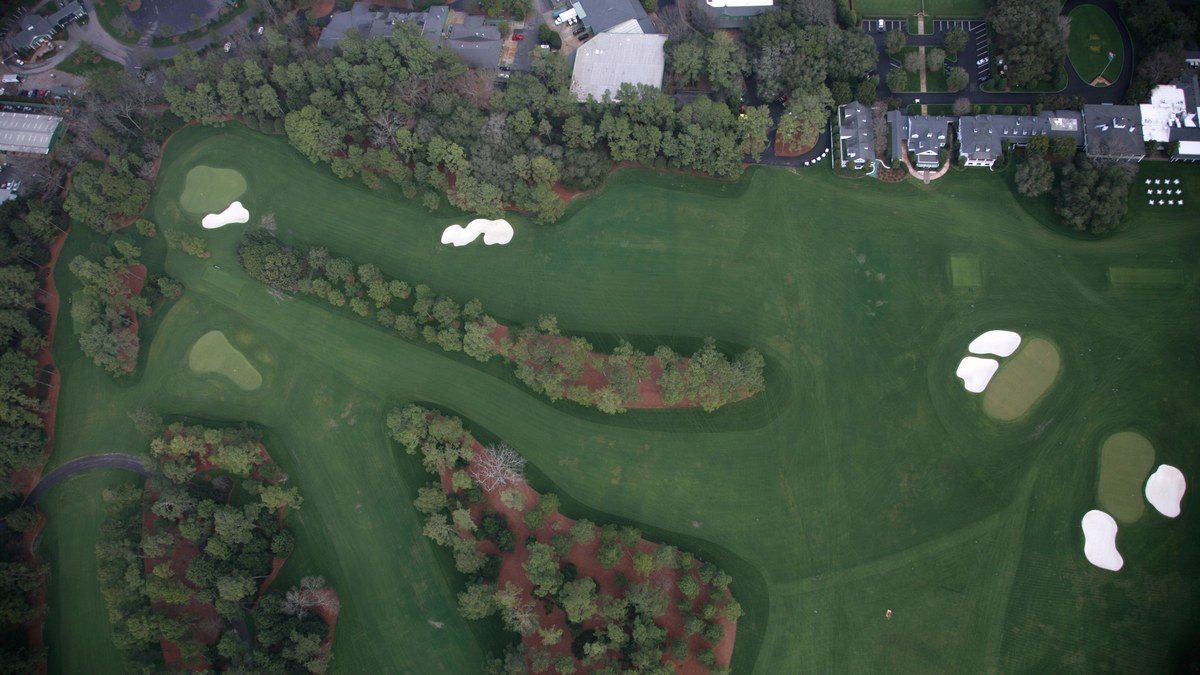


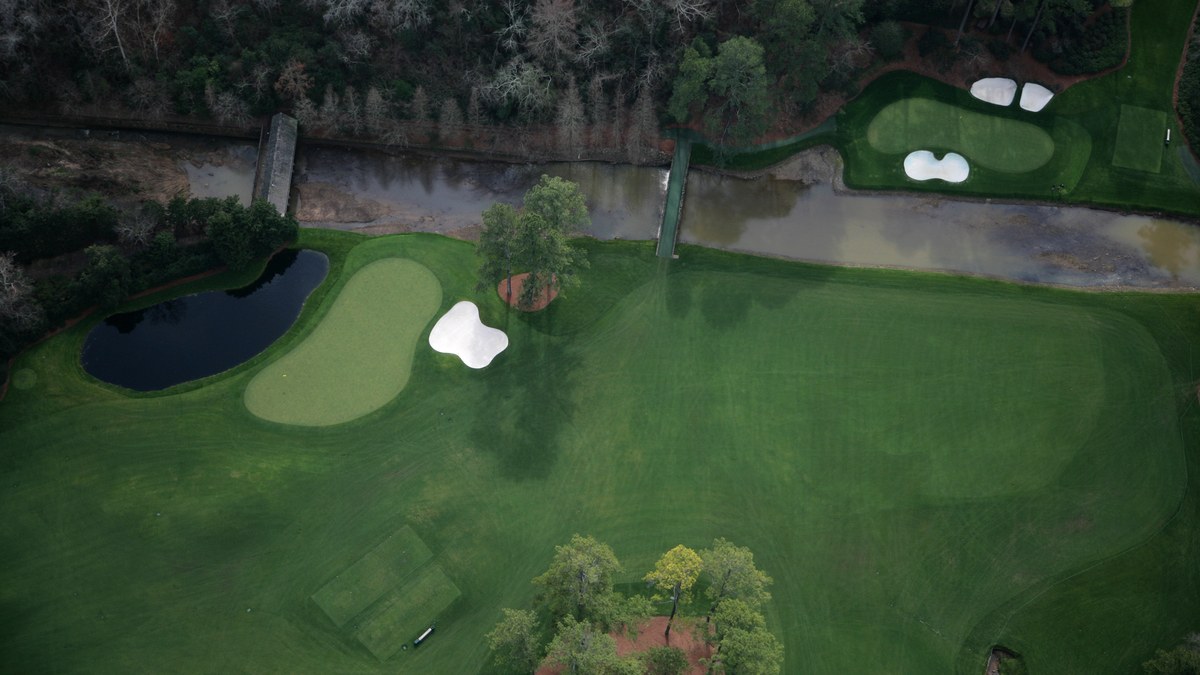
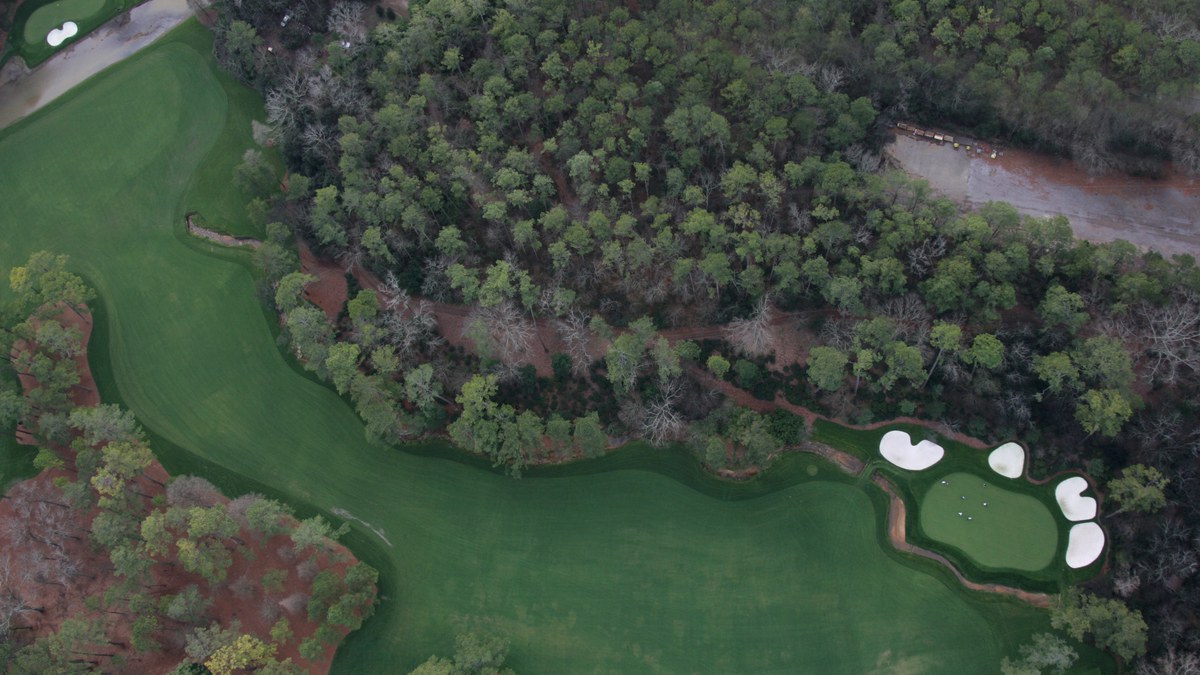




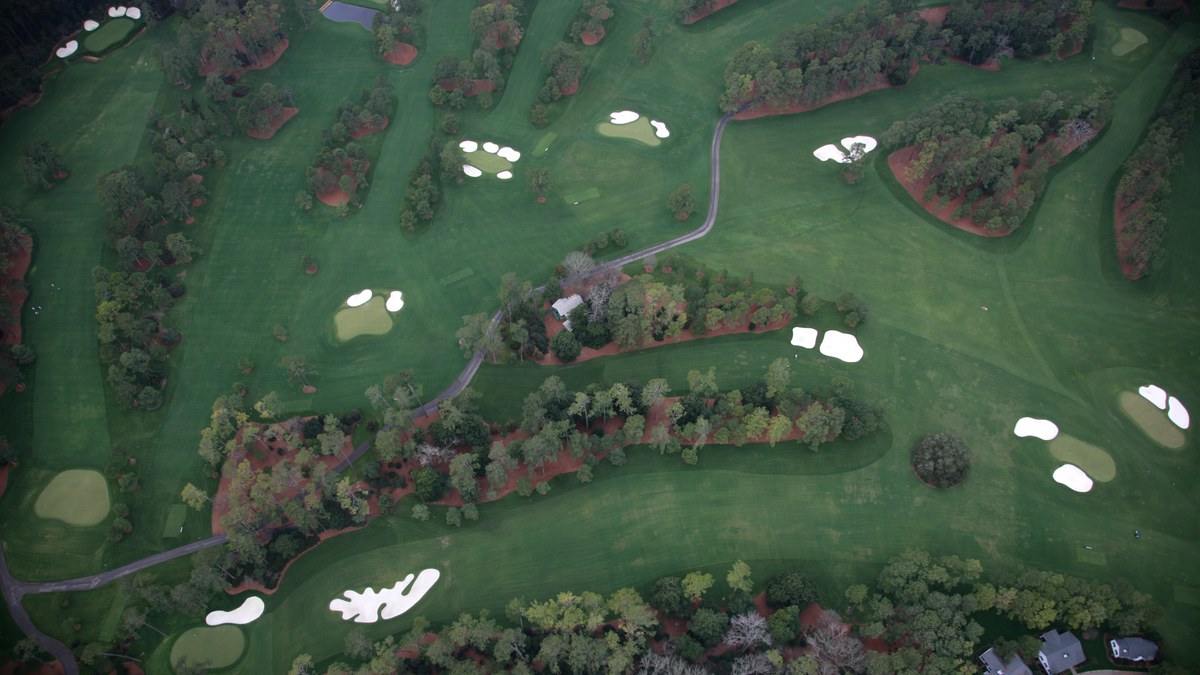


























New! Comments
Join the conversation by sharing your comments and opinions about the content on this topic in the box below.